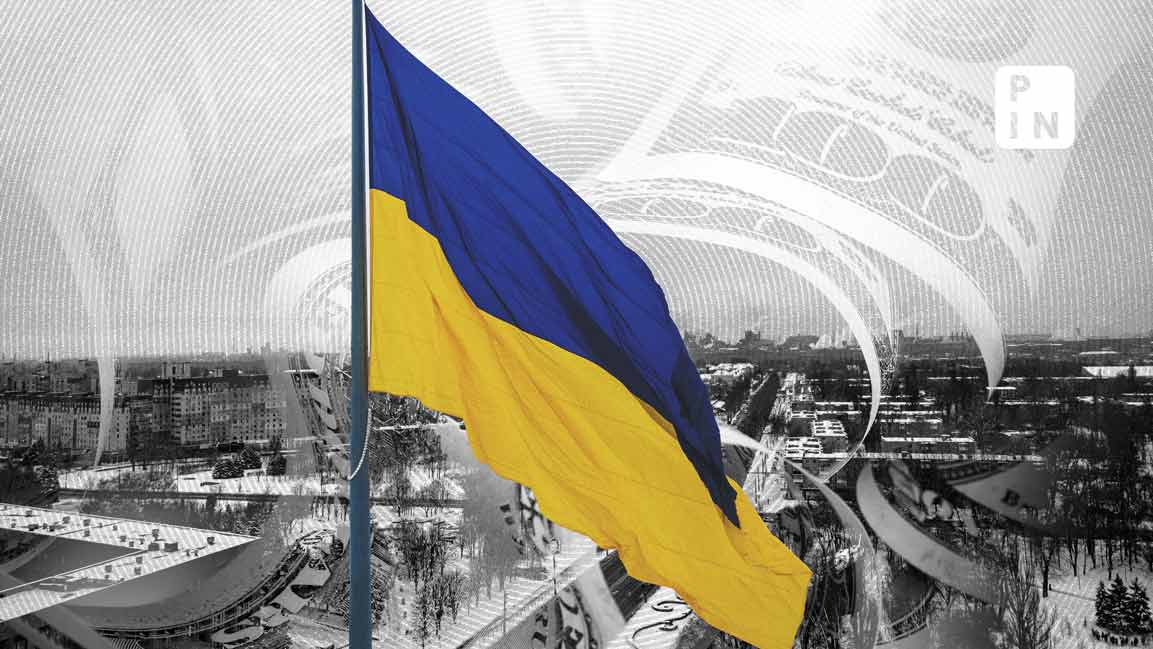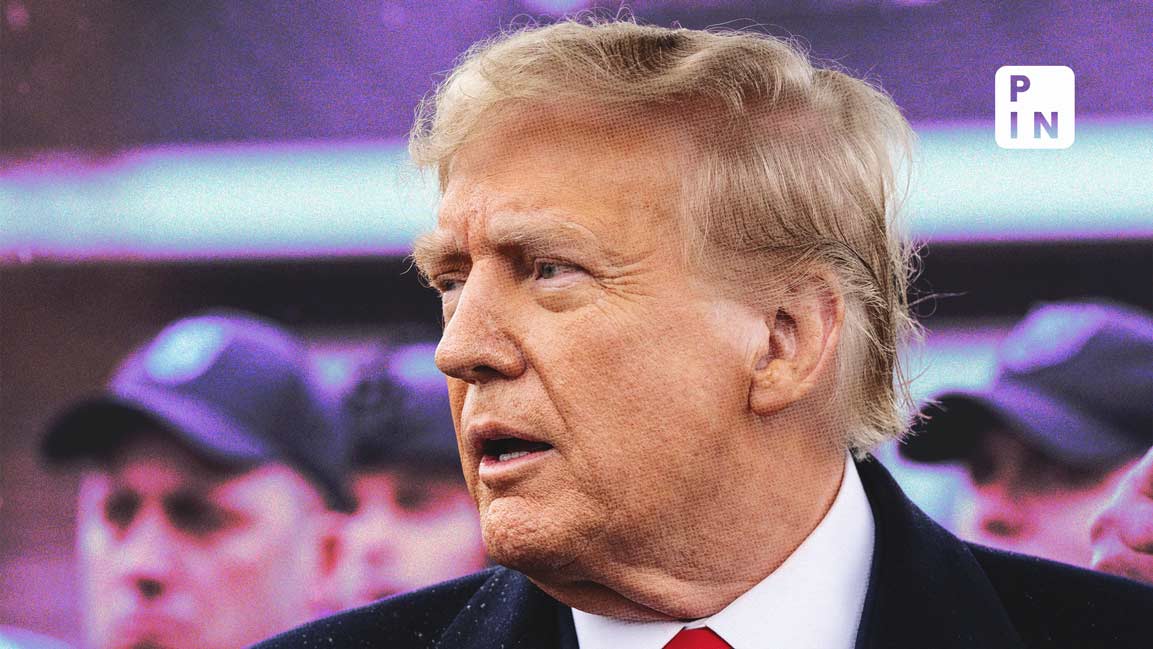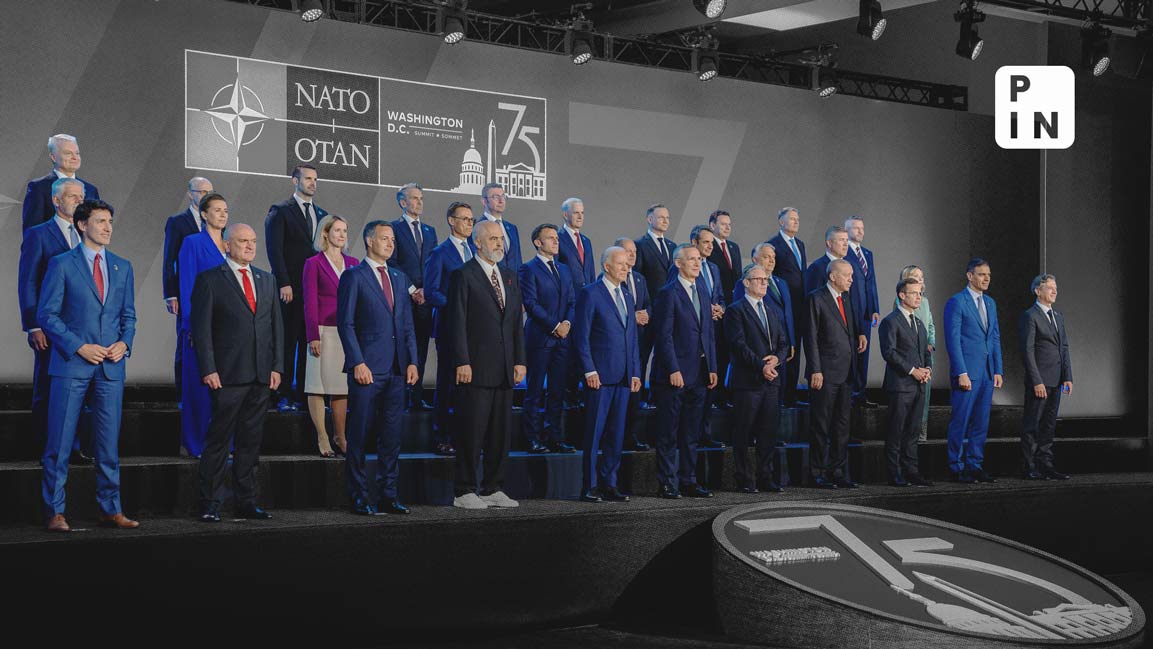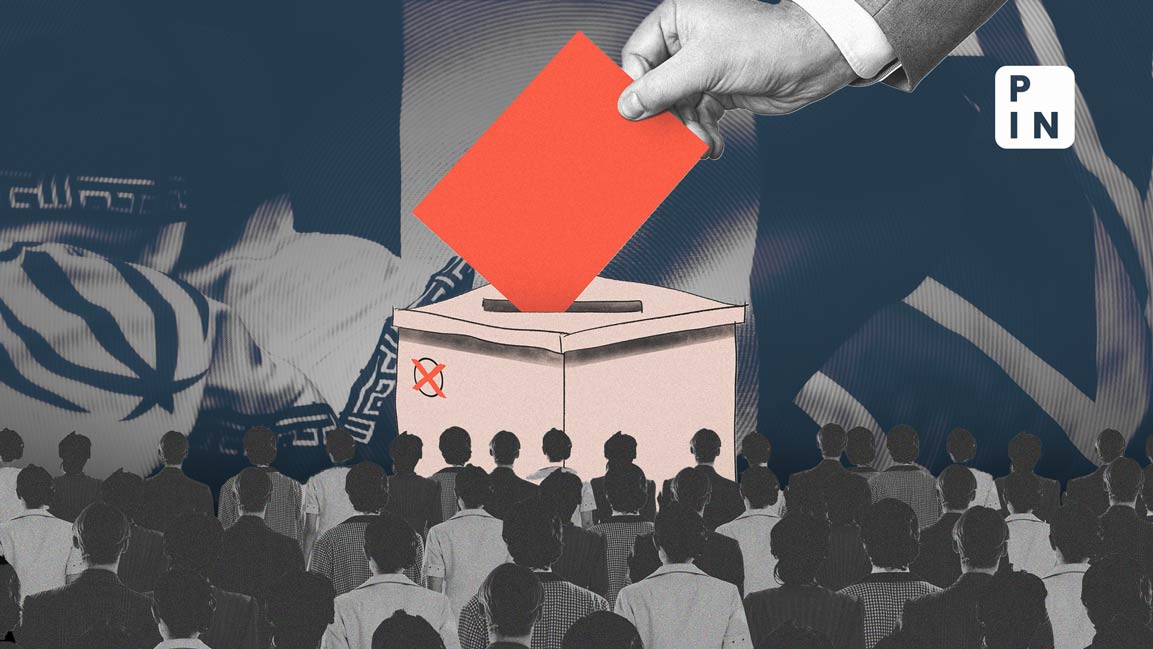- | 6:10 pm
Will the $61 billion American aid be a game changer for Ukraine?
The aid may not ensure a victory for Ukraine against Russia but will most definitely lead to more casualties on both sides

The US House of Representatives has at long last approved a bill to provide Ukraine with military cum economic aid totaling $61 billion, about a third of its current GDP estimated at $188.94 billion by the International Monetary Fund (IMF).
Of this, $26.4 billion is for military support, and the rest is economic aid. Initially proposed as a grant, the economic aid was changed to a loan to gain further support in the House.
The bill for Ukraine aid passed with 311-112 vote. The Republican Party was split, with 112 of its lawmakers opposing the bill while 101 voting in support.
Welcoming the House vote, President Joe Biden praised the bipartisan effort to “answer history’s call.”
History, however, may not be kind to Biden, and may find in the fullness of time that this war was preventable and that the US did not do much to prevent it, even allowing it to happen.
President Volodymyr Zelenskyy of Ukraine expressed gratitude, noting that the military package could save “thousands of lives.” The aid package gives Ukraine “a chance of winning” the war, he said.
While we cannot be sure that he is right, what is certain is that there will be more casualties on both sides.
The last US aid bill for Ukraine was passed in December 2022 when Democrats controlled both the Senate and the House. Now, Republicans hold a narrow majority in the House.
The delay in aid shipments since August 2023 can be attributed to Trump’s opposition to further aid to Ukraine. As Trump currently has a narrow lead over Biden for the November 2024 election, many Republican legislators are hesitant to offend him.
In addition to this, there’s a growing “Ukraine aid fatigue” in the West, as the prospects of Ukraine achieving a military victory over Russia have been diminishing. One significant issue is Ukraine’s need for artillery shells, which the West has failed to supply. Ukraine was promised one million shells but only received 300,000 of them.
President Zelensky’s statement that Ukraine is outgunned by Russia 10 to 1 might be an exaggeration, but the situation is in fact dire.
Another concern for Ukraine is a shortage of recruits. Zelenskyy signed an order raising the upper limit from 25 to 27 years to get more recruits in controversial and unpopular decision, but failed to attract Ukrainians to join the military. The reluctance to join the army among the youth is due to recent defeats, arms and power shortages, and ongoing corruption in the armed forces.
Ukraine faces a demographic deficit compared to its large neighbor, Russia. Most fighting-age men have already enlisted, and roughly 1 million military personnel who serve in the military are “battered and exhausted,” according to The New York Times report of 11 April 2024.
As per Eurostat, 800,000 women aged 18 to 34 have fled to the European Union to escape enlistment.
General Chris Cavoli, North Atlantic Treaty Organization’s (Nato’s) supreme allied commander and head of the US European command, has assessed that despite initial losses, the Russian military has bounced back. Russia has lost thousands of tanks and suffered 300,000 casualties, but it has replaced the tanks and increased the size of its army by 15%. The Russian air force also remains largely intact.
“Russia’s strategic forces, long-range aviation, cyber capabilities, and capabilities in the electromagnetic spectrum have lost no capacity at all,” Cavoli’s assessment dated 12 April 2024 said.
At this point, the key questions are:
1) Will Ukraine be able to regain lost territory, including Crimea? It seems unlikely.
2) Will Russia agree to Zelenskyy’s 10-point peace plan requiring Russia to withdraw totally, including from Crimea, and pay for reconstruction of Ukraine? Certainly, no.
3) Will the conference hosted by Switzerland in June 2024 produce a ceasefire agreement? Highly doubtful
Therefore, the painful conclusion is that more lives will be lost in Ukraine and Russia to benefit the military-industrial complex. President Dwight Eisenhower, who was the supreme commander of allied forces in Europe during World War 2, had warned his compatriots about this danger in his farewell address 63 years ago. But the warning has yet to be heeded by either Biden or Trump.
The House decision will not be a game changer and will only prolong the deadly game. If the Israel-Iran confrontation hots up, the West, led by Washington, will rush to support Israel and, likely diverting its attention away from Ukraine.
The late Henry Kissinger’s advice that Ukraine should be a bridge between Nato and Russia without being a satellite of Russia or a member of NATO now seems more pertinent and should be paid serious attention to.













